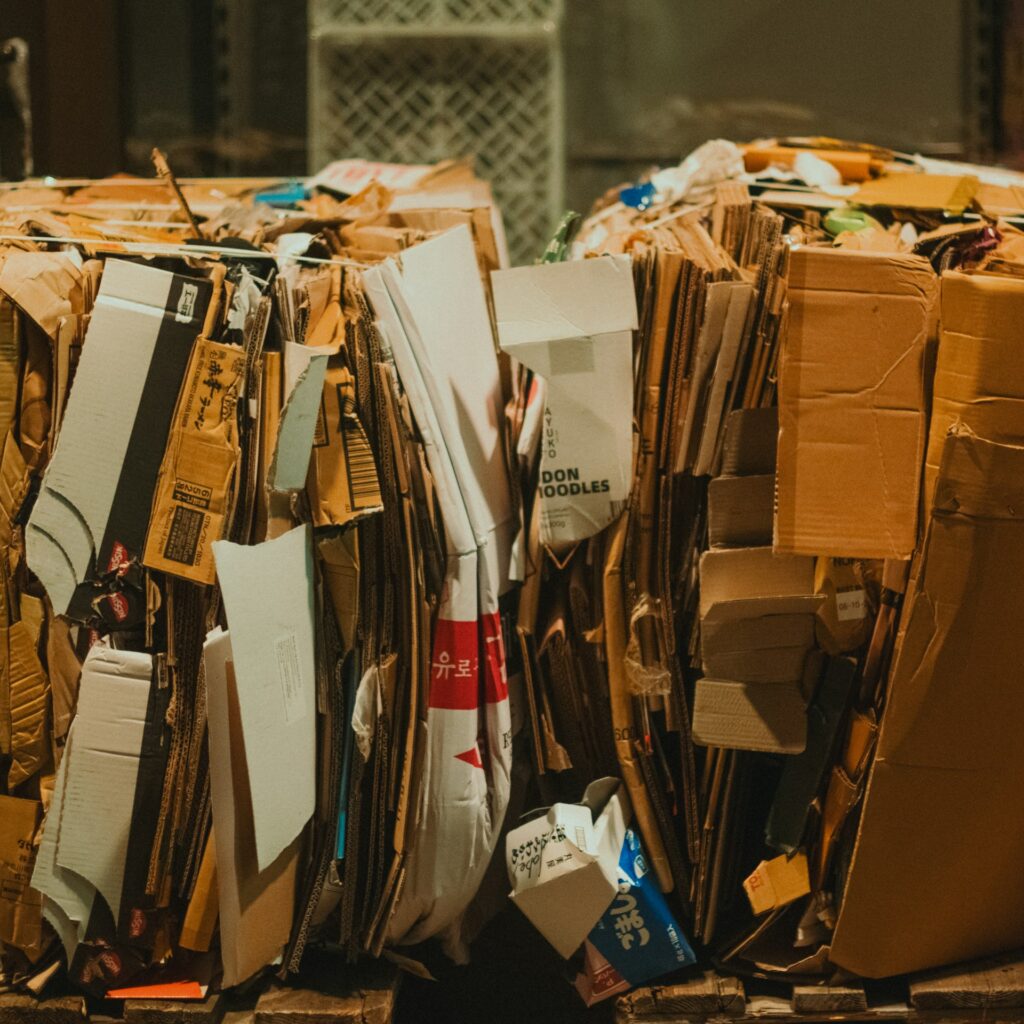As we move into 2026, certain industries and fields are at the forefront of sustainable innovation, and packaging engineering is one of them. This field is expected to grow, largely due to the rise of e-commerce and advances in technology. However, sustainability demands remain a key growth factor, as engineers push for more sustainable, innovative packaging solutions.
Thanks to a combination of dedicated professionals and advanced skills, the field of packaging engineering is supporting the transition from function-first to planet-first. As a result, sustainability is driving not just innovation but also investment and hiring priorities.
In 2026, packaging engineers will need to balance recyclability, compliance, cost-efficiency, and brand impact to make these latest packaging solutions possible. Here is why the need for sustainable manufacturing talent remains high and how this movement is impacting packaging engineering careers.
The 2026 Packaging Landscape Continues to Evolve
The global packaging market continues to grow, with innovation centered on sustainable materials and greater design efficiency. There are also accelerating transitions toward circular models, driven by regulatory and consumer pressure. So, instead of developing packaging designs from new materials, engineers are encouraged to redesign packaging to keep materials in use.
An example would be companies using reusable shipping containers. Once delivered, these containers are collected from the customer, inspected, cleaned, and refilled for the next delivery. This process would create a closed-loop packaging system.
To meet ESG goals, companies need to rethink everything from supply chain management to labeling. There is also increasing pressure to implement automation and artificial intelligence (AI), which is changing the roles of human engineers.
A Closer Look at the Skills Powering Sustainable Innovation
In-demand packaging engineers display a combination of hard and soft skills, including the following.
Hard Skills
- An understanding of advanced materials science (bioplastics, compostables, fiber-based alternatives)
- The ability to complete a lifecycle assessment and use data-driven design tools
- Showcase automation and digital manufacturing literacy
- Compliance expertise in global sustainability standards
Soft Skills
- The ability to participate in cross-functional collaboration between R&D, marketing, and operations
- The development of systems thinking — understanding how design decisions affect the full supply chain
- An agility and innovation mindset — rapid adaptation to changing sustainability goals
- Strong communication skills for translating technical insight into business value
The People Behind the Change
No successful packaging engineer today is working in isolation. These skilled individuals are part of a multidisciplinary ecosystem. Each project requires collaboration between designers, data analysts, sustainable manufacturing talent, supply chain managers, and sustainability officers, and this collective effort has become the new norm.
Those in charge of leading these teams or hiring those involved are now focusing on a hybrid team that blends technical expertise with environmental vision. As a result, there has been a rise in “green leadership” roles, including sustainability directors, ESG compliance managers, and circular-economy strategists.
The Recruiting Challenge (and Opportunity)
Currently, there is a global shortage of packaging engineers with sustainability and digital fluency. Yet demand continues to surge across CPG, logistics, manufacturing, and e-commerce sectors.
To attract and retain those seeking rewarding packaging engineering careers, companies must rethink their approach to talent pipelines. Some are partnering with universities to access those in sustainable design programs, as these individuals are the next generation of innovative thinkers and problem solvers. Others are looking within their existing engineering teams and investing in upskilling strategies.
Another tactic is to recruit those with backgrounds outside traditional materials, whether in chemical, mechanical, or environmental engineering. When taking these steps, it is often beneficial to work with an executive recruiter, like MRINetwork. This type of partnership will allow you to connect with rare, high-impact talent that bridges sustainability and science.
Looking Ahead at the Future Workforce to Build the Best Team
By 2026, it is likely that circular economy principles will be standardized when creating packaging design briefs.
The next frontier will include closed-loop systems, digital product passports, and carbon accounting. Those who are most successful will treat sustainability as a people strategy rather than a compliance goal. To stay ahead of this curve, it’s important to invest early in talent.
The most innovative companies will be those that invest in people, and engineers will be pivotal in driving change, especially among those seeking packaging solutions. These engineers will help redefine what sustainability looks like in practice. Hiring the right mix today is what will determine whether companies simply meet regulations or become leaders.
MRINetwork Can Help
MRINetwork partners with forward-thinking companies to identify and recruit the talent driving sustainable innovation across packaging, manufacturing, and design. Learn more today.

Connect with MRINetwork